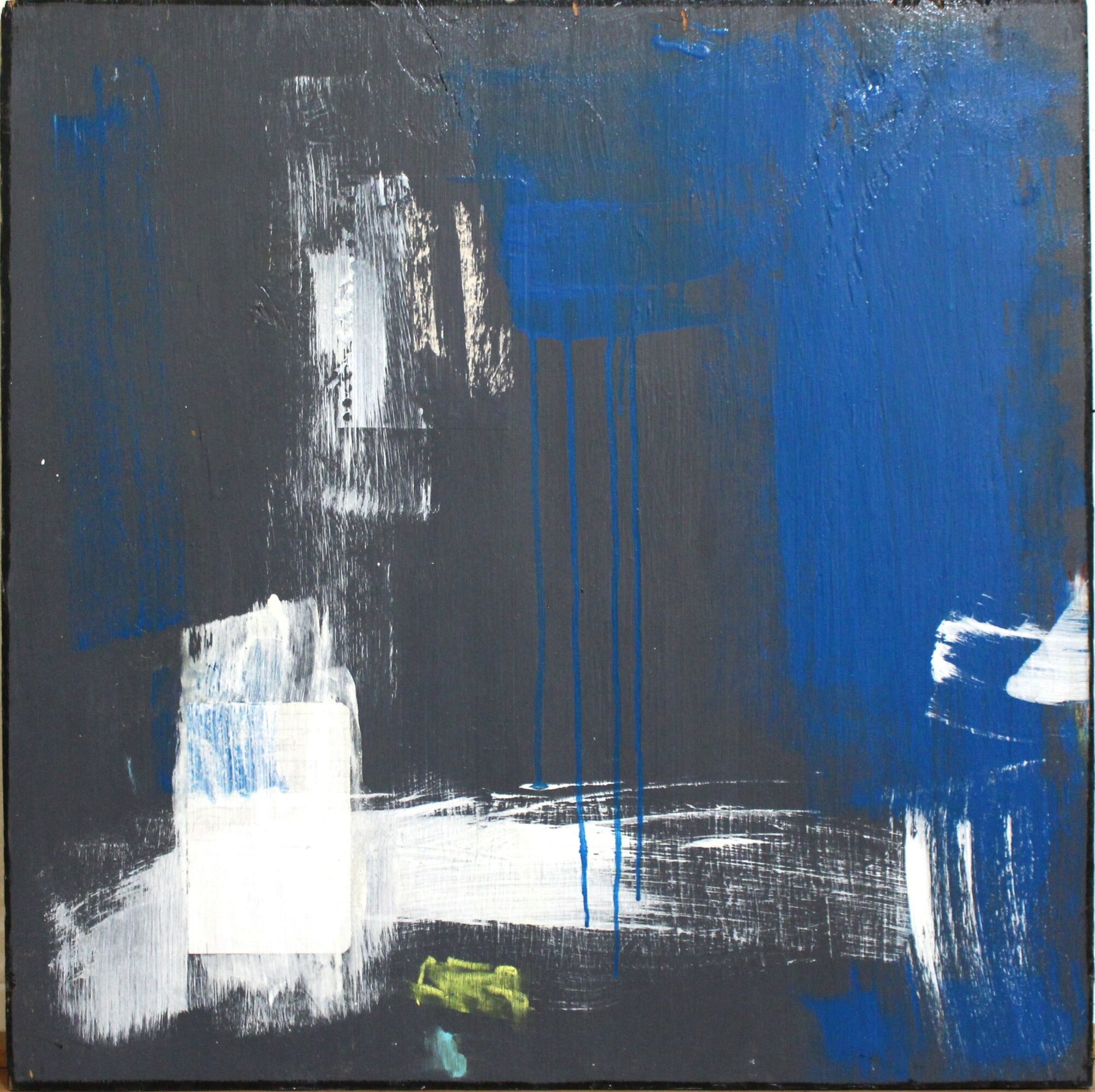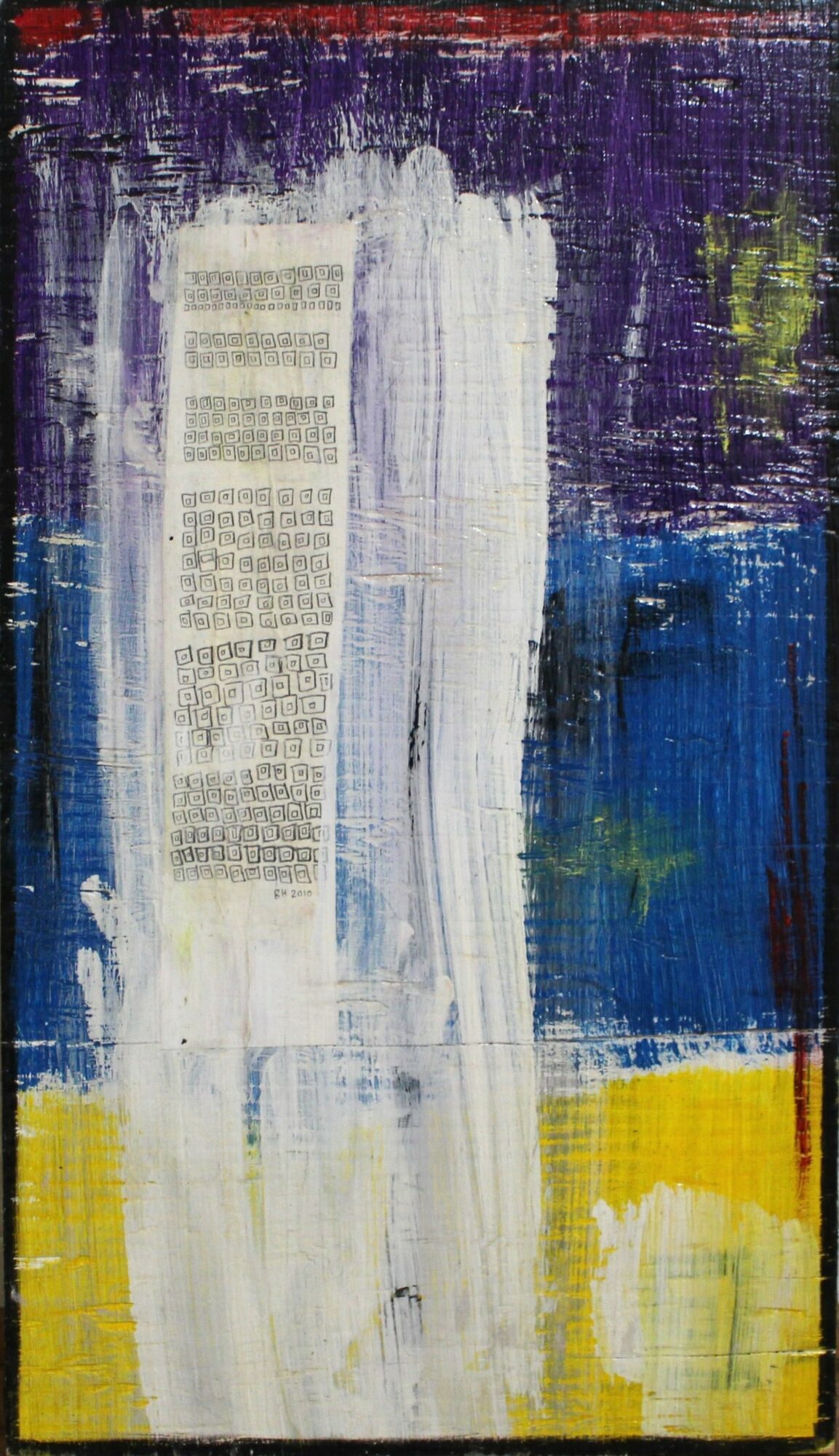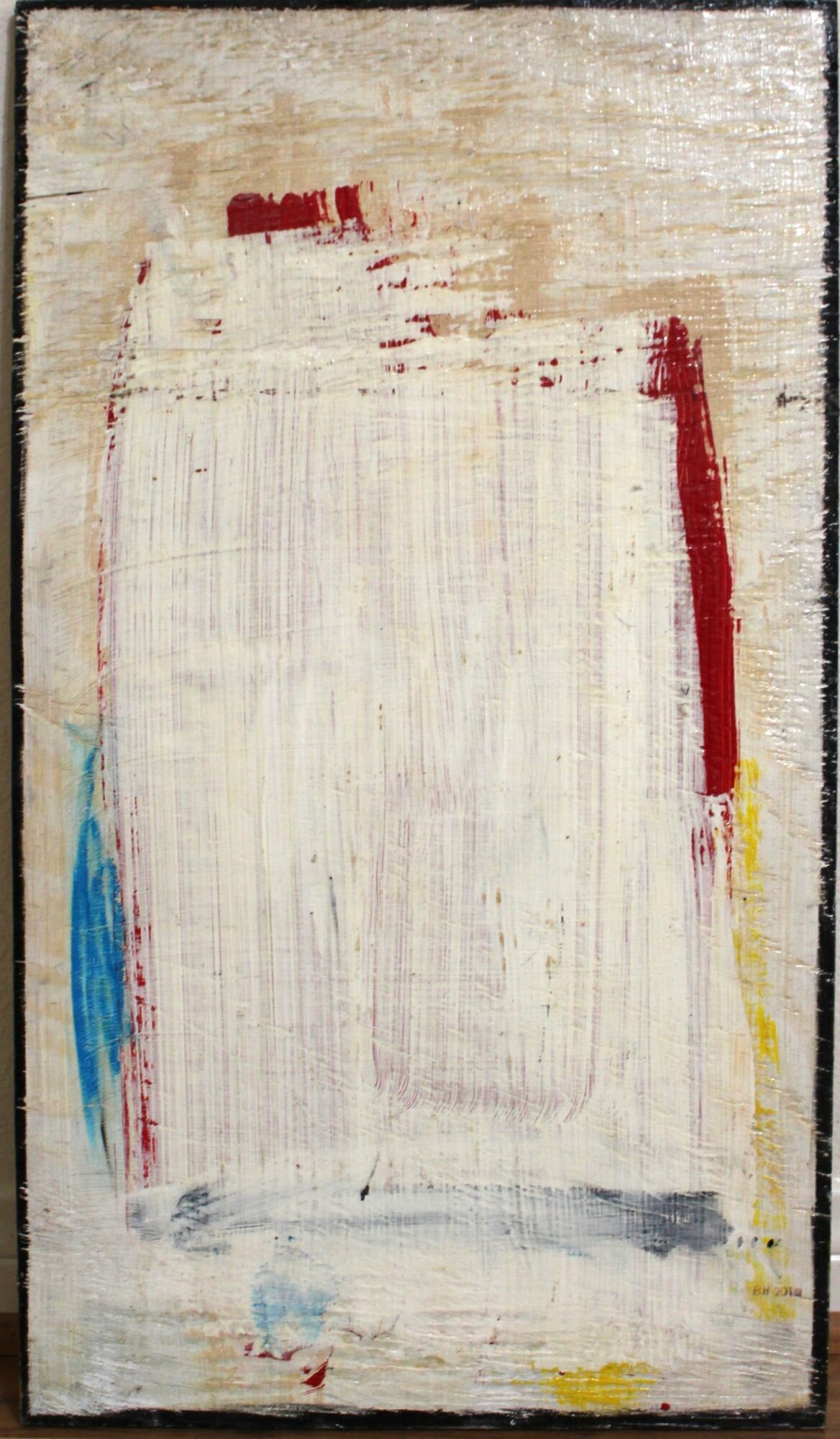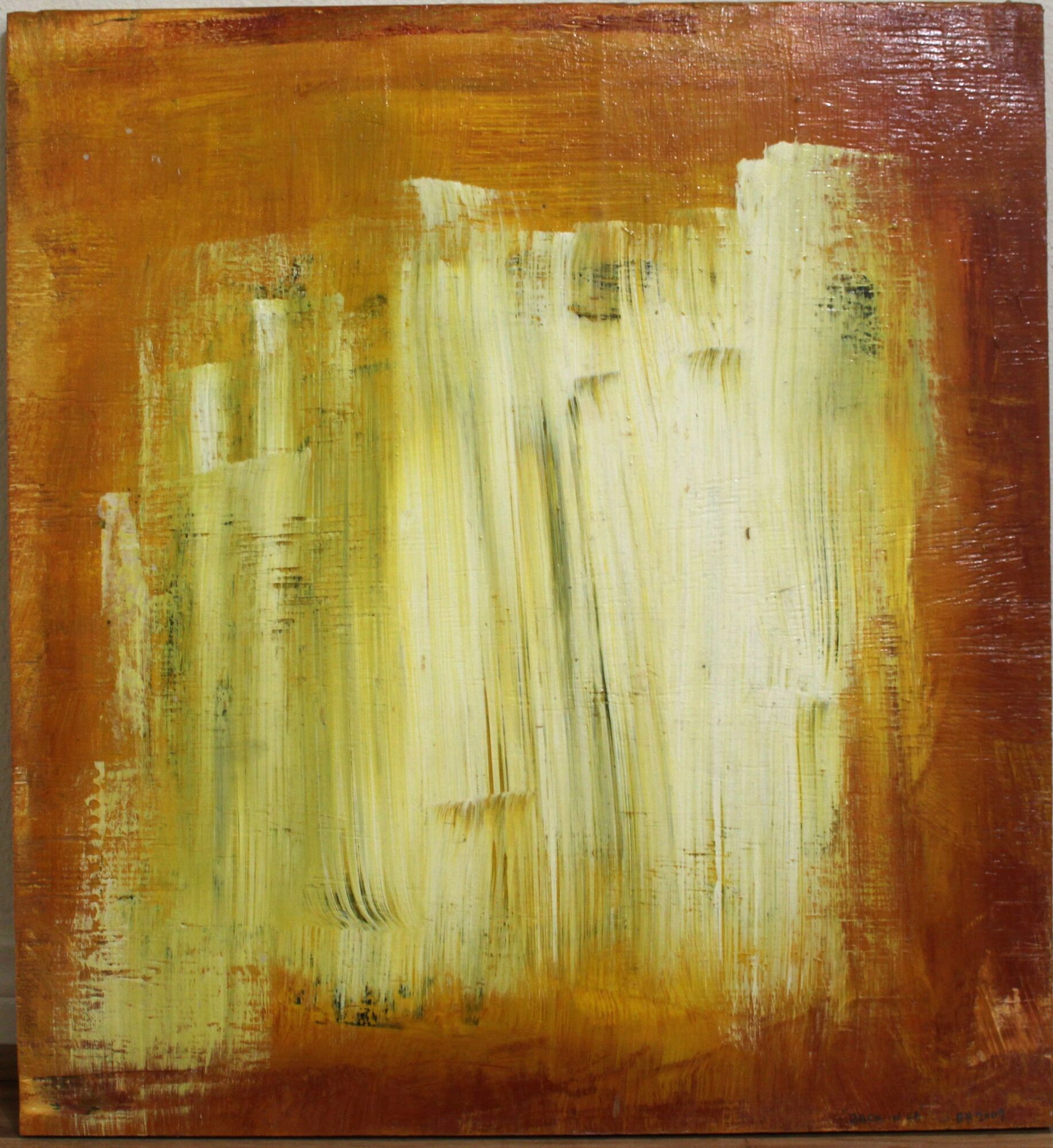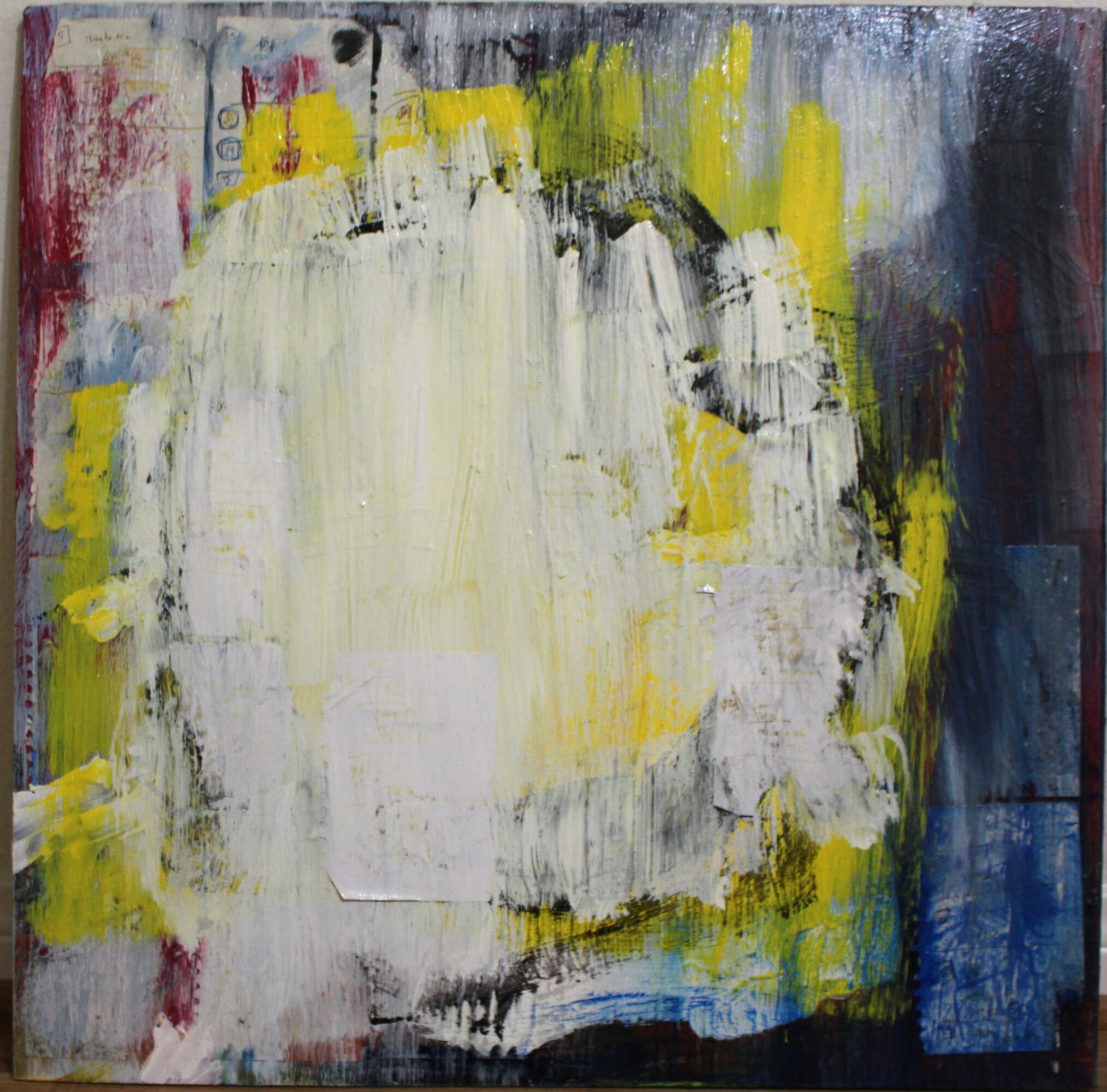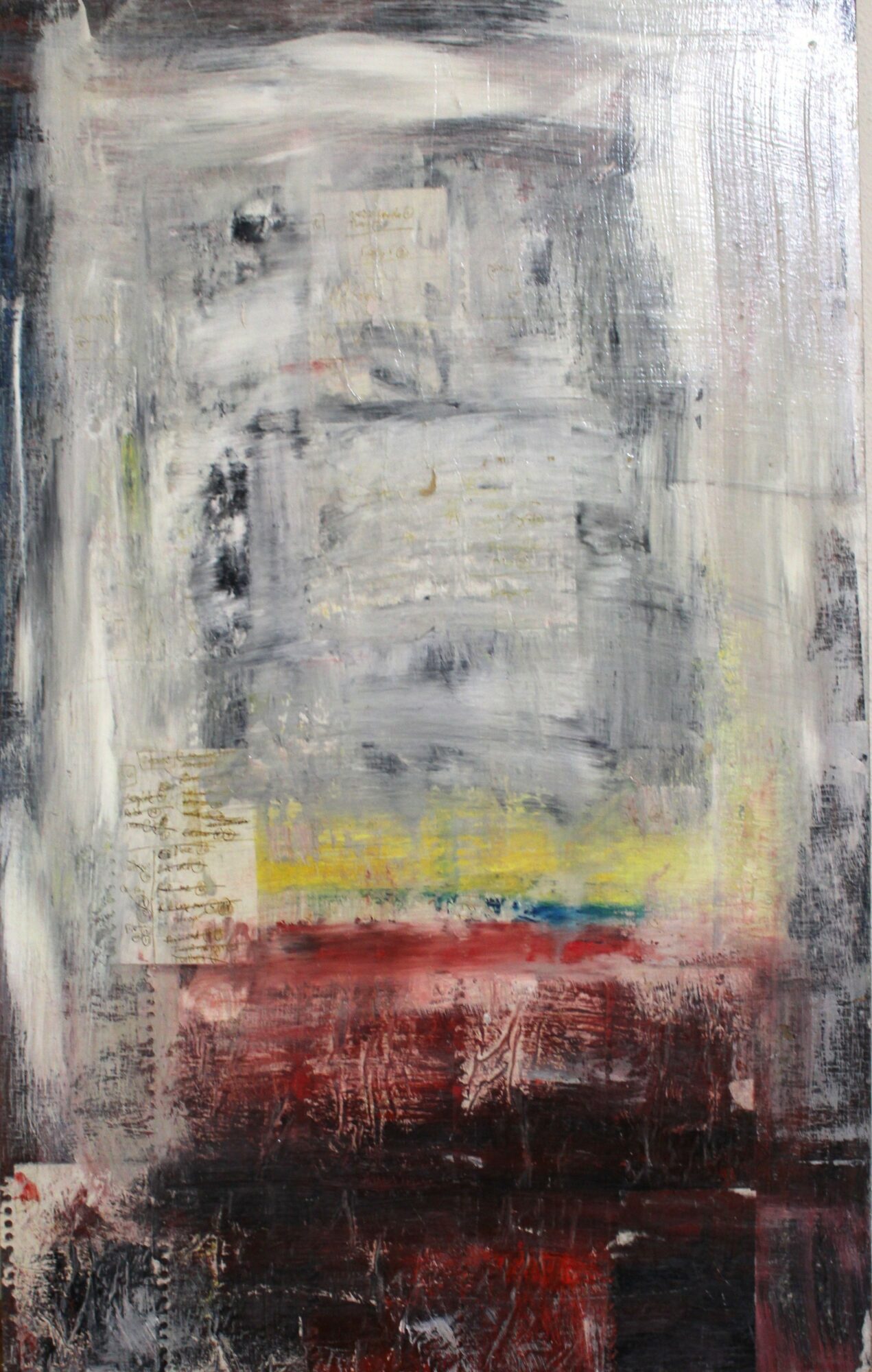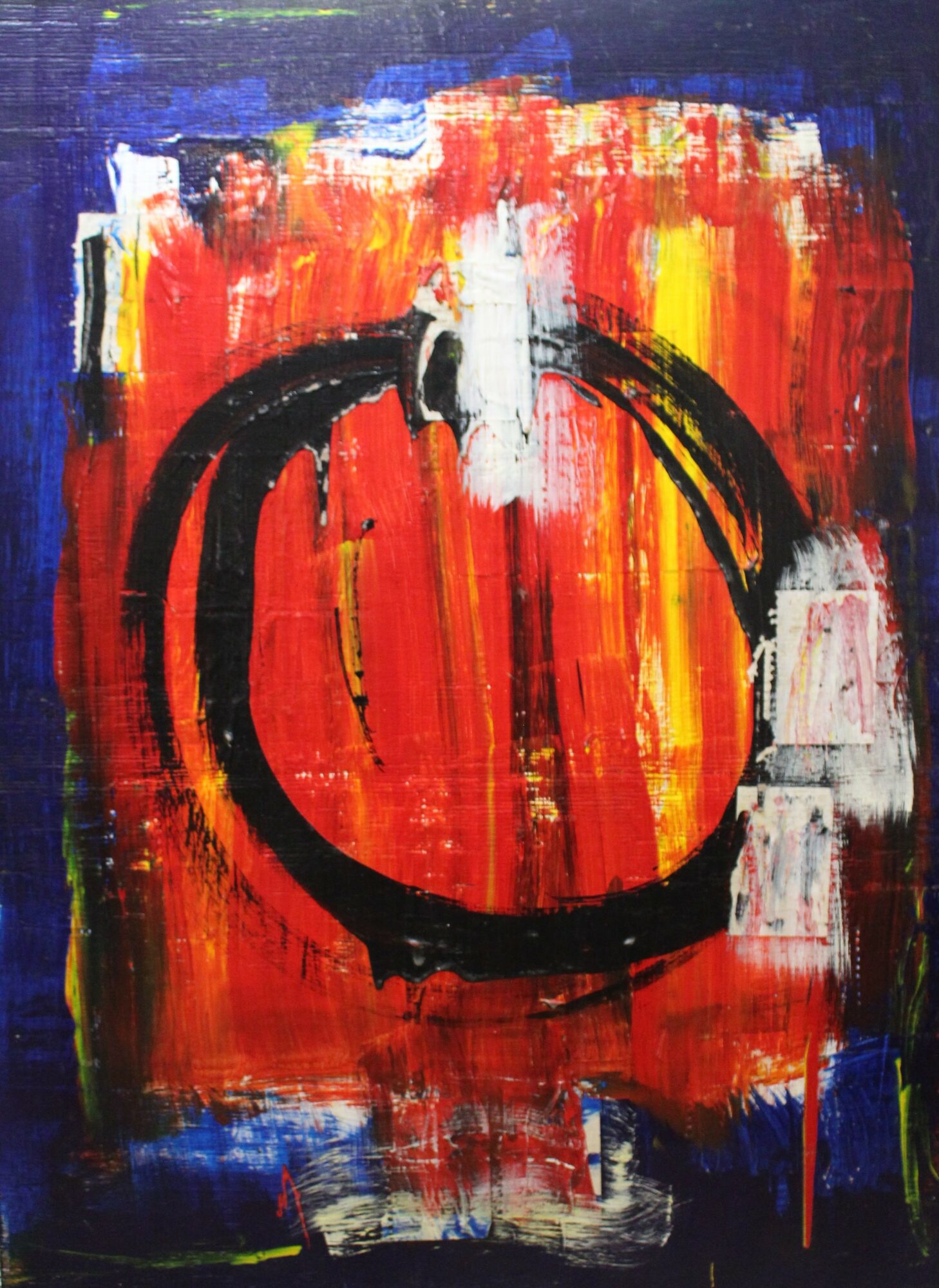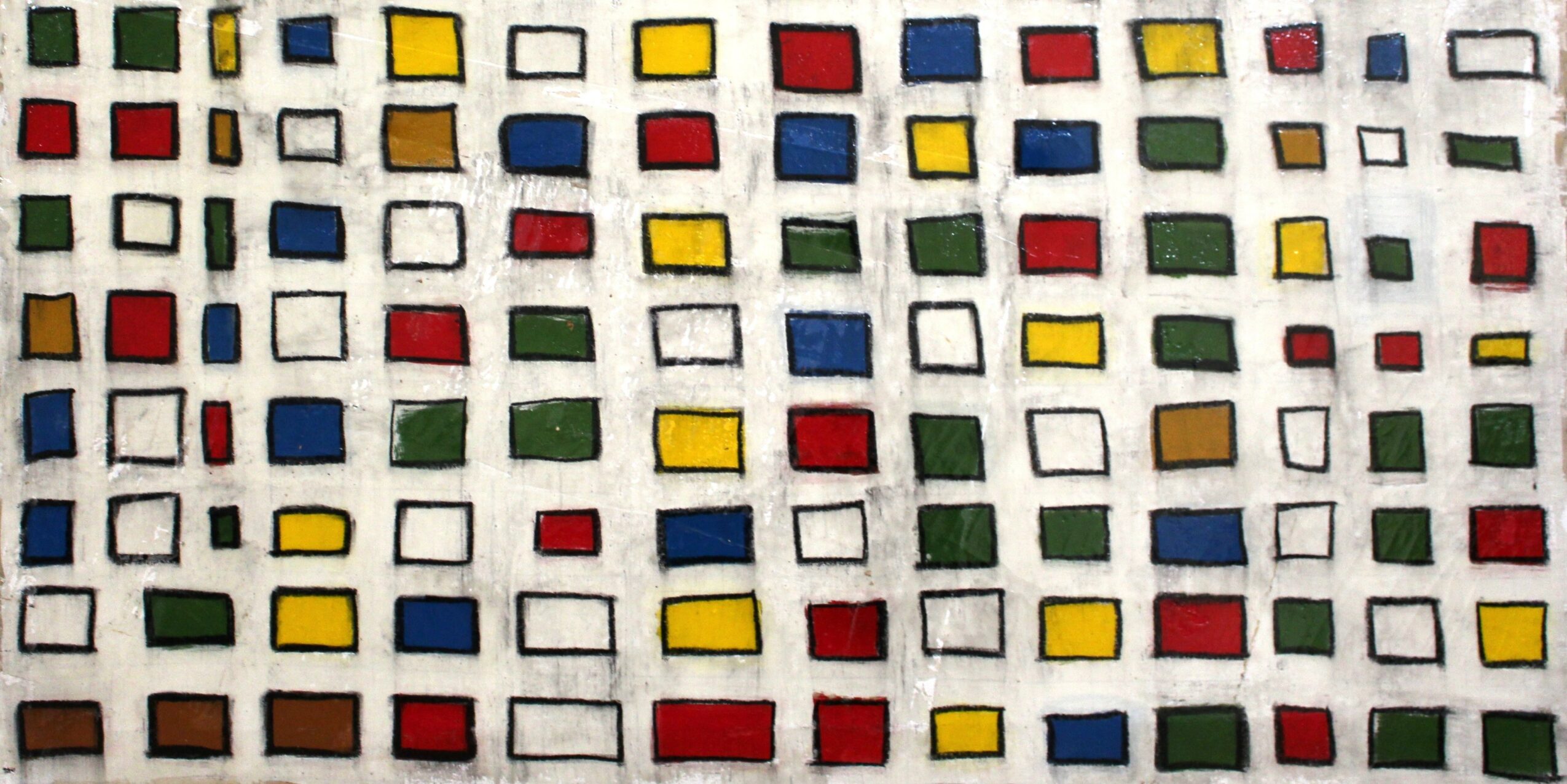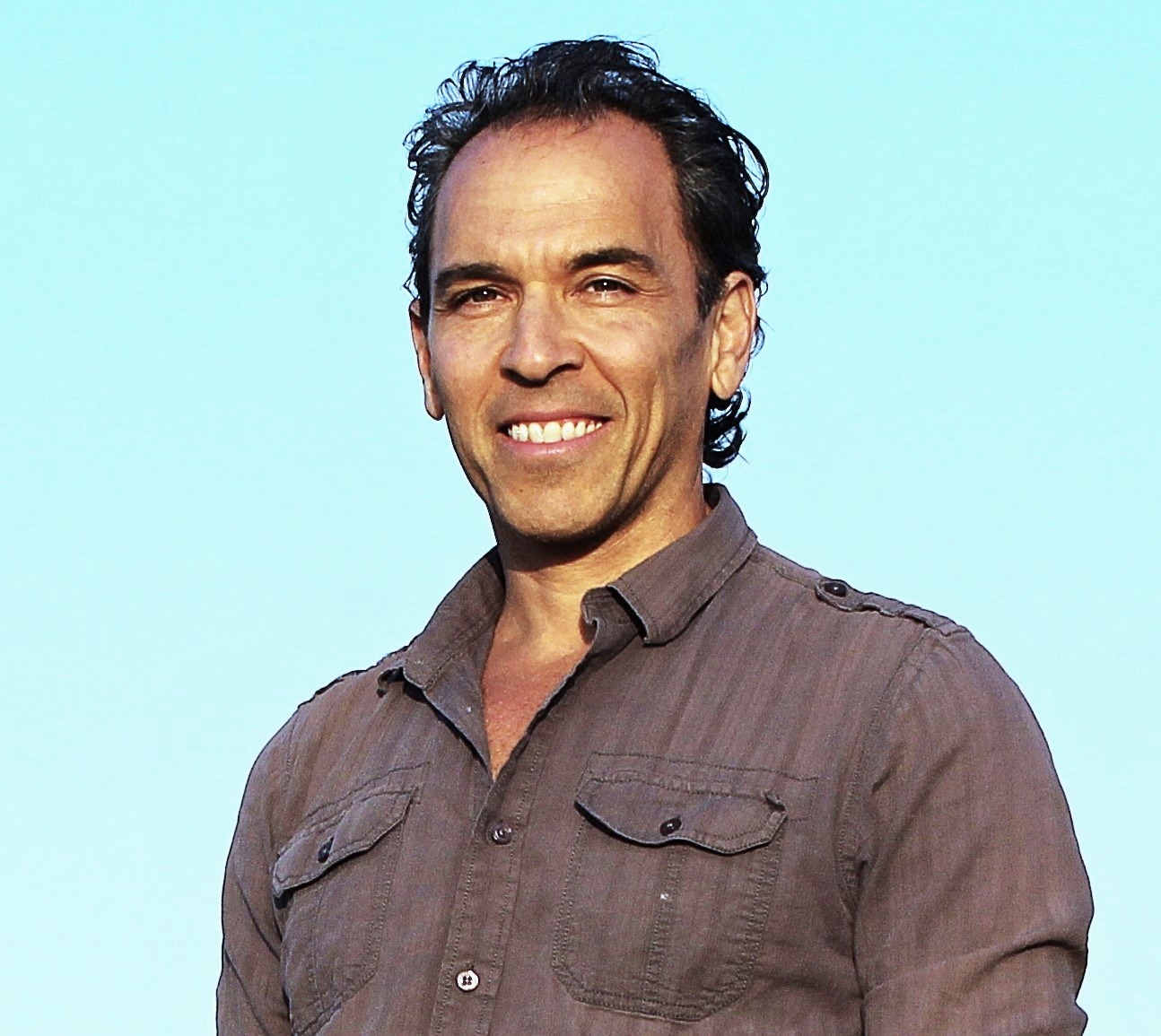

Brian Hyman shared their story and experiences with us recently and you can find our conversation below.
Brian , really appreciate you sharing your stories and insights with us. The world would have so much more understanding and empathy if we all were a bit more open about our stories and how they have helped shaped our journey and worldview. Let’s jump in with a fun one: What makes you lose track of time—and find yourself again?
When I come home to myself in meditation, I inhabit the present moment and get to dwell peacefully in the here and now. By focusing on my breath, I am no longer burdened by past or future issues, unanswered questions, or life’s challenges. I lose track of not only time but space since attachments and expectations to people, places, and things fall away through meditation. I also feel that additional space is created around deadlines and similar burdens or responsibilities as a result of meditation. I don’t feel a need to figure out anything when I meditate. It’s a practice that allows for actively doing nothing while allowing time to pass by peacefully, which paradoxically, somehow cultivates a profound sense of timelessness. What I ultimately find in meditation is the innermost self, or the Eternal, or God, or a Higher Power within. Some call it Nature, or Spirit, or Soul. It’s the place we go to in meditation where we know who we are and why we are here, and this is where I go to find myself and to intimately know myself.
Can you briefly introduce yourself and share what makes you or your brand unique?
I am a certified yoga and meditation teacher. I’ve been teaching Vinyasa-style Hatha yoga classes since 2011. Primarily, I’ve been working in the field of addiction recovery, and currently I lead daily yoga and meditation groups for patients at Cliffside Malibu, a prominent treatment center in Southern California.
I am an award-winning author. My book Recovery with Yoga: Supportive Practices for Transcending Addiction was published last year through Shambhala Publications/Penguin Random House, and it won the Nautilus Books Award shortly thereafter.
I am also a content producer for Insight Timer. I’ve written and recorded over 75 free guided meditations for this top-rated app, and some of my premium audio courses on this platform include Recovery: Principles for a Purposeful Life; Emotional Sobriety: Finding Freedom, Harmony, and Peace in Recovery: Dharma of Recovery; Understanding the Twelve Steps; Yogic Wisdom for Modern Times; and Finding Happiness & Inner Peace. The total play count for all of my tracks is over 1 million.
I enjoy painting as well and often share about the healing benefits of art therapy. My latest solo exhibition of recovery-themed paintings—The Art of Recovery—recently premiered at a gallery near Los Angeles.
All of my work blends personal lived experience with the timeless wisdom of yogic philosophy, mindfulness, creativity, and various spiritual traditions. When I teach my regular classes, or lead weekend retreats, or give talks, or facilitate workshops, or do anything artistic, my intention is to share a compassionate message of love, hope, healing, and transformation with anyone who needs support on their path.
Appreciate your sharing that. Let’s talk about your life, growing up and some of topics and learnings around that. What’s a moment that really shaped how you see the world?
When I was newly sober in 2010, I was at a beach one afternoon near Malibu. I was climbing on some rocks during low tide, exploring the tide pools and enjoying the day. I happened to look down into a rock crevice and saw a small crab crawling around in a little pool of sea water. The crab seemed to notice me as it moved around in all directions. It did not stop what it was doing though. It did not do anything other than just be itself in that moment. I had an epiphany: I never have to explain myself to anyone ever again as long as I do what I am here to do and just be myself. From that moment on, I focused on being authentic, living my truth, and helping others, so that my actions will always speak for me. I decided in that moment to live in a way where I would never have to explain why I exist or what I am here to do or be. I wanted to be like that crab and just move through the world naturally and purposefully. I am grateful that I have been able to live and work like this for more than 15 years now.
When did you stop hiding your pain and start using it as power?
When I first got sober, I worked the Twelve Steps. For those who do not know, an important aspect of Twelve Step programs is anonymity. This principle is practiced by members to maintain the integrity of the program. Nobody is a spokesperson for Twelve Step programs; there are no leaders or experts. The Twelve Steps can be applied successfully to overcome addictions to many things: alcohol, food, gambling, codependency, sex, and more. Fellowships and friendships created within a Twelve Step framework often become a lifesaving support system for members, as each person individually and collectively works their program in order to not only overcome various addictions but to thrive throughout the recovery process.
When I started to teach yoga I had been sober at that point a little over a year. I realized I wanted to bring the healing benefits of yoga specifically to people in recovery. And the only way that felt right for me to do that with sincerity and earnestness was to be truthful and to share in a general way that I was a sober person who would be teaching yoga. I wanted to let students know that I had been where they had been, and I had worked through a lot of my own personal struggles and I found freedom on the other side. Doing this meant I would need to break my own anonymity in a respectful way. So I did not specifically stop hiding my pain since many people in my life at that time were already familiar with my sobriety story; but moving forward I did indeed use my previous pain as power—and purpose—since there seems to be no better solution for overcoming addictions than one alcoholic or addict identifying with another. I then stepped into my power as a recovered alcoholic and never looked back. I am coming up on 16 years of continuous sobriety soon. My experience has proven to me that sharing pain with others makes it manageable and keeps us accountable to people we can count on. My sobriety is the bedrock of all I have. I would never jeopardize that, and too many people who love and care for me would never let me fall and I would never let them fall because I support them on their journey too.
Sure, so let’s go deeper into your values and how you think. What would your closest friends say really matters to you?
Most people would say that my daughter, Lilia, means the world to me. My work as a yoga and meditation teacher, writer, and artist would come next. My spiritual practices and personal recovery are high up on the list of priorities for me. My students also mean so much, whether its people around the world who listen to my courses and other content on Insight Timer, or readers of my book Recovery with Yoga, or the thousands of patients I’ve worked with in-person through my teaching work at Cliffside Malibu. Last, the people who know me best might mention that I have been vegan for over a decade, which means my commitment to non-violence and the lives of all living things and the welfare of the planet matter to me.
Okay, so let’s keep going with one more question that means a lot to us: What is the story you hope people tell about you when you’re gone?
That I did my best to use my gifts and skills and resources wisely and intentionally to enrich and uplift the lives of others. For example, when my solo exhibition of paintings The Art of Recovery premiered recently at a gallery near Los Angeles, I hope this inspired others to paint and create and share their message and life in their own unique ways with the world. I hope that show also exemplified the healing power of art therapy. I hope those paintings offered encouragement to anyone who may suffer from mental health issues or addictions. I hope my pieces let others know it’s OK to feel and be and live and cry and heal and change their lives because that’s what those paintings helped me do at a time when I needed it. I hope all of my work leaves behind a message that we never need to wait for others to give us permission before we begin to live the life we are here to live. We give ourselves permission—to create, love, live, and thrive—so that we can be exactly who we are here to be right now. I would also love for my personal story of redemption through addiction recovery to help motivate others to do whatever they may need to do to move away from their sufferings toward happiness. I would also like people to know I did my best to be a good son, brother, uncle, and friend. And, finally, I hope people will remember I was a good father and my daughter was always my top priority above and beyond anything else and she had a safe and happy home and always received my unconditional love and support, and she’s the best thing I ever did.
Contact Info:
- Website: https://www.brianhymanyoga.com
- Instagram: https://www.instagram.com/brianhymanyoga/
- Linkedin: https://www.linkedin.com/in/brianhymanyoga/
- Twitter: https://x.com/brianhymanyoga
- Facebook: https://www.facebook.com/brian.hyman.3
- Other: https://insighttimer.com/brianhyman
https://www.brianhymanart.com/
